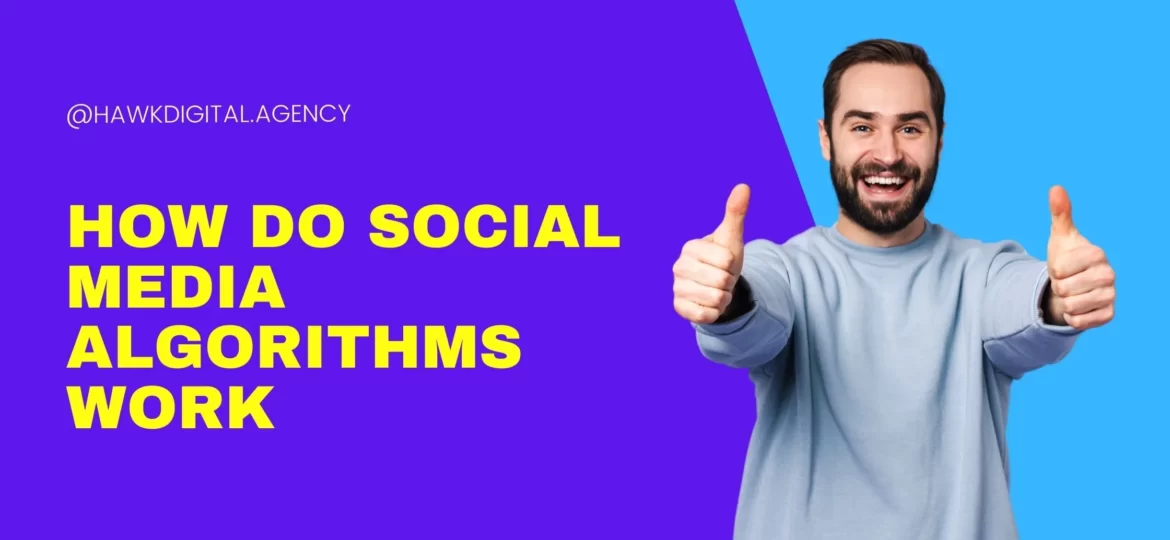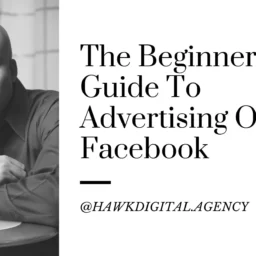
How Do Social Media Algorithms Work
In the life of the average North American, social media plays a significant part. After Google and YouTube, Facebook was the third most visited website on the globe in 2017. There’s a need to build order for so many people on these sites, and an algorithm does precisely that. This blog tells you How Do Social Media Algorithms Work
Algorithms in social media are continually evolving, making it impossible to keep up with ethics rules in marketing. Any detail that goes into a transition is no way to tell, but we have a decent idea. Your social media standards can vary based on the site you use. Where you rate in social media advertising and content positioning is determined by the algorithm in play.
You’ll come to learn what an algorithm is, the various social media algorithms, and how to improve the social media content in this guide.
What Are Social Media Algorithms?
A mathematical set of rules that determine how a collection of data behaves is an algorithm. Algorithms help preserve order in social media, and aid in ranking search results and commercials. For example, there is an algorithm on Facebook that orders pages and content to be viewed in a particular order.
There were nearly 4 billion internet users last year, and almost 3 billion of these users were on social media. That’s a big undertaking to track and maintain. This is why algorithms are essential in assessing the authenticity of social media pages and content and their placement.
We know enough to manoeuvre the social media world and survive, but there is no handbook on the various algorithms and maintaining them. Just like the one rated by Google, a user-friendly focus is one of the significant changes seen in the last few years. This allows users on social media to upload high-quality, meaningful content and connect with customers.
Types of Social Media Algorithms
Algorithms for social media differ by site. The brand of social media can then break it down. Yahoo, Pinterest, LinkedIn, Twitter, and Instagram are the leading networks. Here’s a look at each one and how they rate content and consumers at the moment.
The secret to Facebook’s algorithm architecture is positive user engagement. Instead of company posts, it is built to intensify the relevance and viewership of local, family and friendly bars.
Paid content is individually ranked and revolves around interaction, user reaction, and subject matter relevance. Though user-friendly content is crucial, spam management is another technique the Facebook algorithm has recently taken on. Facebook located and deleted more than 500 million fake accounts in the first three months of 2018.
Although Pinterest has a very different interface and approach for fans, it nevertheless counts as a social media site. To promote new connections, the directed search approach uses data obtained from previous content experiences. For example, if you have already seen wedding hairstyles, Pinterest is more likely to show you more hairstyles the next time you log in.
The advantage of this interest-oriented algorithm is that it still tells the customer what they want about Pinterest. This makes it more probable that the material will be absorbed and loved.
Recognized as a pioneer in B2B marketing, rather than creating followers, LinkedIn is a media site devoted to networking. It is probably the most widespread forum for the use of Fortune 500 firms.
The platform has developed an algorithm focused on connection and interaction, so the secret to the success of LinkedIn is excellent and meaningful information. Even if you do not have many links in your networking chain, if you have read-worthy material, you can create this later.
Twitter is unique in that it lists the tweets in comparison to the individual and the posted time and date. Higher than day-old reporting, fresh and revised content ranks. Its rank can also be influenced by the number of responses a Tweet has.
Instagram is about giving as many individuals as much data as possible in a day. Its algorithm, therefore, focuses on every part of social media, from importance and relation to interaction and visibility of content.
The rationale behind the algorithm of Instagram is to promote tweets, shares, views, advertising, and more publishing.















